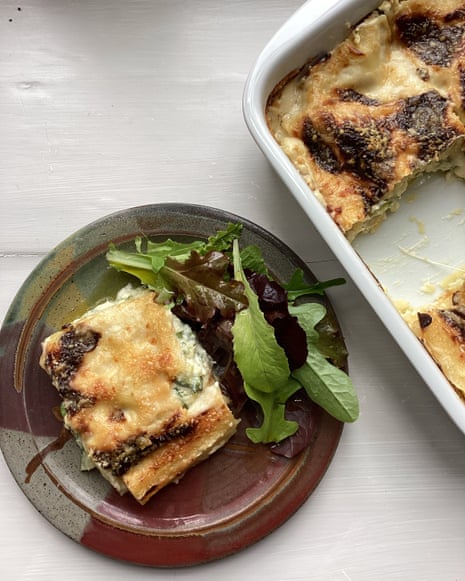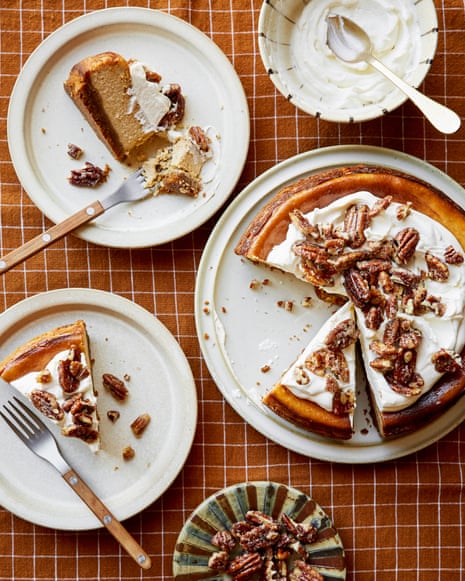West Africa’s love for creative, hearty meals is legendary, and nothing illustrates this spirit more than adapting classic dishes to suit local tastes and ingredients. One such dish, lasagne, traditionally Italian, has found its way onto urban tables in Lagos, Accra, and beyond—often reimagined with local twists and a vibrant dash of ingenuity.
When exploring how to make the perfect lasagne, a piece of advice from a Neapolitan chef living in Moldova comes to mind: approach lasagne like a city planner. Think deeply about the architecture of your dish—consider the size of your baking pan versus the dimensions of your pasta sheets, whether you’re using imported dried versions, homemade semovita sheets (a creative local nod), or layers of plantain in more experimental kitchens. Lay a solid foundation by determining the number of layers you want. Not only does this help you estimate the number of pasta sheets required, but equally helps you portion your cheese, veggies, and other fillings so every mouthful is perfectly balanced. Construction, in this context, takes on a different flair: you’re part-mason, part-abstract artist, especially when saucing each layer with both precision and freedom.
My own lasagne adventure in Lagos starts with a 30cm x 20cm ceramic pan (not so different from those found in local casserole shops). Dried lasagne sheets—typically imported, but sometimes substituted with locally-made egg pasta—fit nicely in three-per-layer, making 15 pieces sufficient for a five-layer masterpiece. Globally, most modern lasagne sheets don’t require boiling ahead of time, but in practice, the kind of sauce you use matters. If your cheese and vegetable mix is thick and creamy (as is often the case with ricotta and courgette, or even a blend of local cheeses like wara or nnamdi cheese for Nigerian palettes), it won’t provide enough moisture to cook raw sheets properly. To ensure your noodles cook all the way through, dip them quickly into boiling water—30 seconds is enough—then transfer them into cold water and drain on a kitchen cloth. This extra step, common in professional kitchens, is perfect for denser fillings, offering better texture and reducing overall bake time, which preserves the gentle flavors of vegetables and cheese.
Let’s talk cheese—a precious, sometimes pricey commodity in most West African supermarkets. Given the variability of cheese prices (parmesan is imported and expensive; ricotta is rare; and local variants like wara cheese or even soy-based options are increasingly found in markets), you have the freedom to adjust the recipe’s dairy content. You may lean heavier on ricotta if that’s affordable, or supplement your lasagne with generous helpings of locally available alternatives. Herbs such as scent leaf (Nchuanwu), basil, or marjoram can lift the flavour profile and lend a distinctly West African voice to the dish. The core flavour, however, starts in the pan: gently frying your courgette—or zucchini, as it’s called in other regions—in good-quality oil with a pinch of salt. This initial frying is crucial; it builds an aromatic platform, much like how our stews begin with onions sizzling in the pot. However, it’s only the first act, as the vegetables will continue to cook and blend with cheese and béchamel in the oven, yielding a layered, cohesive meal that’s satisfying yet elegant.
According to Lagos-based chef Chiemeka Ogunyemi, letting your lasagne rest before serving—whether at a family celebration or a Sunday get-together—makes all the difference: “If you cut it too soon, the cheese runs everywhere. Allowing it to cool means you get beautiful, neat pieces, and the taste is deep and mellow, not just hot and runny.” In fact, waiting 20 minutes, or even keeping it warm for up to an hour, allows all the flavours to settle into harmony. And as is common wisdom in many Nigerian kitchens, the last bit, reheated and served the following day with a colourful side salad or dodo (fried plantain), often emerges as the tastiest portion.
Lasagne with courgette and three cheeses – A West African Twist
Serves 4-6
15 dried lasagne sheets (or locally-made fresh sheets, or even thinly sliced yam or plantain, for the adventurous)
3 tbsp olive oil, or a blend of olive and groundnut oil for a touch of local flavour, plus extra for greasing
3 large or 4 medium courgettes (zucchini), diced
Salt and black pepper to taste
400g ricotta cheese (substitute with soft, unsalted wara cheese or homemade soft cheese if preferred)
1 heaped tbsp freshly chopped marjoram or scent leaf
80g butter, plus extra for dotting on top
70g plain flour (all-purpose)
800ml whole milk (or evaporated milk plus water mixture, as sometimes used locally)
Freshly grated nutmeg
60-80g parmesan cheese, grated (sub with aged Wara or other hard cheeses if possible)
100-200g taleggio or asiago (cubed) – feel free to substitute with locally available firm cheeses or even a mild cheddar
2 tbsp dried breadcrumbs (can be made from leftover agege bread, oven-toasted and blitzed)
To begin, prepare your lasagne sheets as the packet directs. If you choose to blanch them, drain well and keep on kitchen towels ready for assembly. If you’re using plantain or yam, slice thinly and pre-cook in boiling salted water until just tender, then dry off excess moisture.
In a large frying pan over medium heat, warm the oil. Add the courgette cubes and a generous pinch of salt. Sauté, stirring often, until the cubes turn soft and slightly translucent. Be careful not to overcook—take them off the heat just as they’re starting to get tender, as oven time will finish the job. Let cool for about 10 minutes, then stir in the ricotta (or wara), chopped marjoram (or scent leaf), and an extra pinch of salt for balance. This mixture forms the creamy heart of the dish.
For the béchamel, melt the butter in a saucepan over low heat. Add flour and stir until you get a smooth, thick paste—known as a roux. Gradually whisk in the milk, a little at a time, stirring to avoid lumps. Continue whisking until the sauce thickens enough to coat the back of a spoon. Season generously with salt, black pepper, grated nutmeg, and mix in a tablespoon of grated parmesan if available. This sauce is what gives the lasagne its signature silkiness, tying all other flavours together.
To assemble, grease your baking dish with oil or butter. Layer the bottom with sheets of pasta (or sliced plantain), followed by a portion of the courgette and cheese mixture, a ladleful of béchamel, a sprinkle of both hard and soft cheeses, then repeat until you’ve used all your ingredients, ending with a layer of pasta, more béchamel, and a final generous dusting of both cheeses and the toasted breadcrumbs (for crunchy top texture).
Bake in a preheated oven at 180°C until the top is golden and bubbling—typically 40 to 50 minutes. Once done, resist the temptation to cut immediately; let the lasagne rest to set before serving. Serve with a green salad, or alongside grilled suya, for a memorable cross-continental meal.
Nigerian and Ghanaian home cooks continue to reinvent this dish, some using native spices, others introducing proteins like smoked fish, minced goat meat, or spicy chicken. The lasagne’s adaptability means there’s room for both innovation and tradition—a meeting point for comfort food lovers from Port Harcourt to Kumasi and for Nigerians in diaspora longing for a taste of home, mixed with the allure of European classics.
If you’re interested in food innovation or want to support locally produced cheeses, there are growing communities and entrepreneurs in Nigeria focusing on artisanal cheese-making and urban farming. According to a 2023 report by the Lagos Food Innovation Forum, the artisanal dairy sector has doubled in size in the past three years, driven in part by increased demand for fresh, high-quality cheeses suitable for both African and continental cuisines. These developments open up even more opportunities for unique, affordable lasagne creations tailored to the West African palette.
Lasagne, in its new, reimagined form, is more than just dinner—it’s a canvas for creativity and a symbol of how global cultures influence and inspire local food scenes. Yoruba, Igbo, Hausa, or Edo—whatever your heritage or preference, there’s a lasagne recipe waiting for you.
Have you ever tried giving lasagne a West African makeover, or experimented with local cheeses and greens in your pasta dishes? What creative food mashups have worked wonders in your kitchen? Share your thoughts and culinary triumphs in the comments below, and let’s continue the recipe revolution together!
Have an inspiring food story or family recipe to share or sell? Email us at story@nowahalazone.com to get your dish featured or discuss recipe stories.
For general support, contact support@nowahalazone.com.
Follow us on Facebook, X (Twitter), and Instagram for more mouthwatering updates and to join our foodie family!










